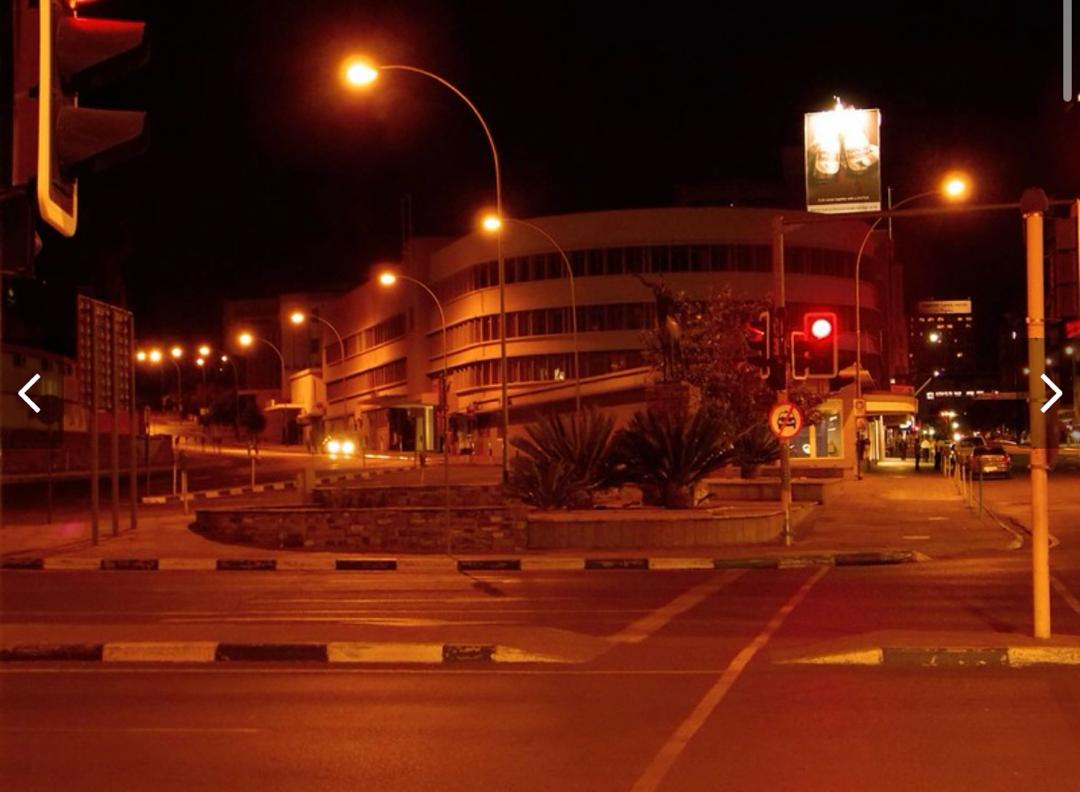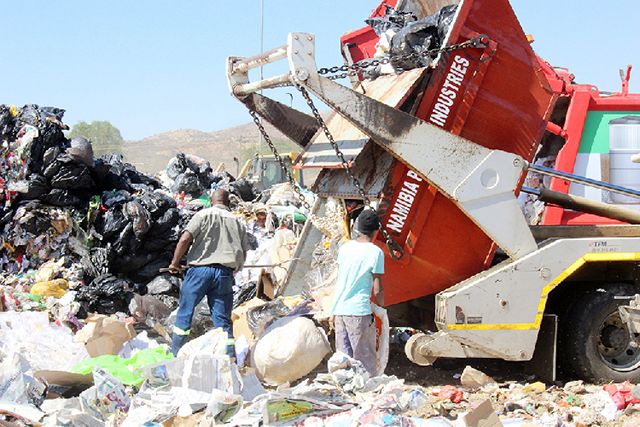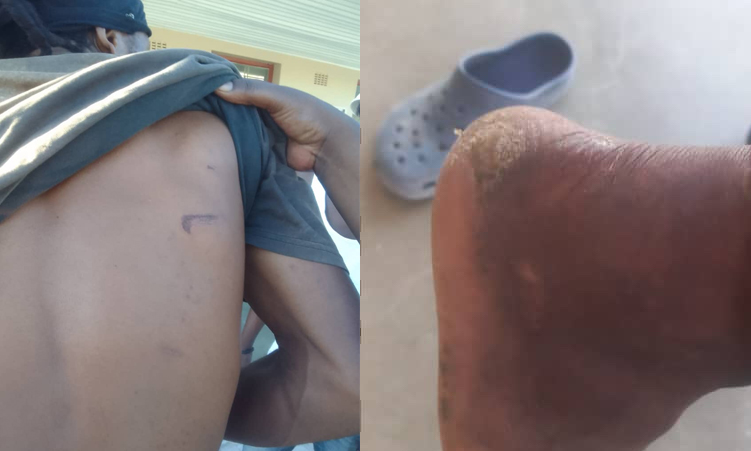HOODIA gordonni, a succulent plant indigenous to certain areas of southern Africa, is seen as holding tremendous potential helping contribute towards the eradication of unemployment and poverty in Namibia and across the region.
Rural communities and subsistence farmers particularly stand to gain a sustainable and modest income from the sale of Hoodia materials to international pharmaceutical companies. The cactus-like plant, known as Xhoba by the San community who have been harvesting it for 100 years, is sought after across Europe and America for its remarkable appetite-suppressant qualities and the potential it holds to cure obesity.Rising obesity rates in Europe and America have seen people become more interested in healthier lifestyles and weight-loss aids.Pharmaceutical companies are currently manufacturing these plants into a powder form which can be added directly to liquids or taken as a capsule.The bitter-tasting, prickly plant has been classified as a protected species in Appendix II of the Convention on International Trade in Endangered Species (Cites), to prevent its exploitation through wild harvesting and over-utilisation.Currently in Namibia, no export of Hoodia material is authorised but illegal trade is rife, with seeds and plant shoots being smuggled out of the country for cultivation and production purposes.This illegal practice can be devastating for the local Hoodia industry because the plant, if harvested in an incorrect manner, will no longer grow and perhaps eventually die out.BENEFITS The Hoodia Growers Association of Namibia (Hogran) has been established to combat the illegal trade in this indigenous plant, to monitor and protect the plant and to negotiate with pharmaceutical companies and the Namibian Government on the future sales prices and export of Hoodia materials.The San community stands to benefit financially from the export of Hoodia to countries such as Switzerland, Germany and South Africa.According to the Convention of Biological Diversity (CBD), indigenous groups should be given a share of the profits from the commercial use of local resources and traditional knowledge.The San, however, have not yet benefited financially in any way, despite the numerous Hoodia products available on the Internet and in pharmacies around the world.According to Hogran, two-thirds of the products available in the United States and Europe are fake and do not contain the particular chemical P57, responsible for suppressing appetite and found exclusively in genuine Hoodia plants which are grown in southern Africa.FOR THE PEOPLE Representatives of the San of southern Africa, the Working Group of Indigenous Minorities in Southern Africa (Wimsa), have condemned the illegal trade in Hoodia and have advised governments in South Africa, Namibia and Botswana to act immediately to halt the illegal use of Hoodia by pharmaceutical companies, in an effort to ensure that the San people are compensated for their ancient knowledge and expertise.The multi-million-dollar industry could benefit rural and poverty-stricken communities in certain areas of Namibia who can begin to farm the plant through its many stages of production.The plant, which usually grows wild in the Karas, Khomas, Kunene, Erongo and Hardap regions of Namibia, is found in abundance in the country.This makes Namibia one of the largest producers of Hoodia in the world.It is also found in South Africa, Angola, Botswana, Mexico and Australia’s semi-desert areas.Hogran plans to assist interested local producers with the appropriate knowledge, equipment and seeds to chart the way forward for this industry.The plant, which can take up to three years to reach maturity, can be profitable at various stages of development from young seedlings to fully grown clusters.Developments in Hoodia farming could potentially see the unemployed, disabled, elderly and subsistence farmers making a modest income, even from small-scale farming.In Namibia only a few thousand seeds have been planted so far, which leaves much scope for interested parties to get involved.Tens of thousands of seedlings are needed to get the industry off the ground and before Namibians can begin exporting, a system needs to be in place to ensure that Hoodia farming becomes a lucrative and sustainable enterprise in the long-term future.* For more information about getting involved in Hoodia farming, contact Charles Hartung, Vice Chairperson of the Hoodia Growers Association of Namibia, at 081 318 1574.The cactus-like plant, known as Xhoba by the San community who have been harvesting it for 100 years, is sought after across Europe and America for its remarkable appetite-suppressant qualities and the potential it holds to cure obesity.Rising obesity rates in Europe and America have seen people become more interested in healthier lifestyles and weight-loss aids.Pharmaceutical companies are currently manufacturing these plants into a powder form which can be added directly to liquids or taken as a capsule.The bitter-tasting, prickly plant has been classified as a protected species in Appendix II of the Convention on International Trade in Endangered Species (Cites), to prevent its exploitation through wild harvesting and over-utilisation.Currently in Namibia, no export of Hoodia material is authorised but illegal trade is rife, with seeds and plant shoots being smuggled out of the country for cultivation and production purposes.This illegal practice can be devastating for the local Hoodia industry because the plant, if harvested in an incorrect manner, will no longer grow and perhaps eventually die out.BENEFITS The Hoodia Growers Association of Namibia (Hogran) has been established to combat the illegal trade in this indigenous plant, to monitor and protect the plant and to negotiate with pharmaceutical companies and the Namibian Government on the future sales prices and export of Hoodia materials.The San community stands to benefit financially from the export of Hoodia to countries such as Switzerland, Germany and South Africa.According to the Convention of Biological Diversity (CBD), indigenous groups should be given a share of the profits from the commercial use of local resources and traditional knowledge.The San, however, have not yet benefited financially in any way, despite the numerous Hoodia products available on the Internet and in pharmacies around the world.According to Hogran, two-thirds of the products available in the United States and Europe are fake and do not contain the particular chemical P57, responsible for suppressing appetite and found exclusively in genuine Hoodia plants which are grown in southern Africa.FOR THE PEOPLE Representatives of the San of southern Africa, the Working Group of Indigenous Minorities in Southern Africa (Wimsa), have condemned the illegal trade in Hoodia and have advised governments in South Africa, Namibia and Botswana to act immediately to halt the illegal use of Hoodia by pharmaceutical companies, in an effort to ensure that the San people are compensated for their ancient knowledge and expertise.The multi-million-dollar industry could benefit rural and poverty-stricken communities in certain areas of Namibia who can begin to farm the plant through its many stages of production.The plant, which usually grows wild in the Karas, Khomas, Kunene, Erongo and Hardap regions of Namibia, is found in abundance in the country.This makes Namibia one of the largest producers of Hoodia in the world.It is also found in South Africa, Angola, Botswana, Mexico and Australia’s semi-desert areas.Hogran plans to assist interested local producers with the appropriate knowledge, equipment and seeds to chart the way forward for this industry.The plant, which can take up to three years to reach maturity, can be profitable at various stages of development from young seedlings to fully grown clusters.Developments in Hoodia farming could potentially see the unemployed, disabled, elderly and subsistence farmers making a modest income, even from small-scale farming.In Namibia only a few thousand seeds have been planted so far, which leaves much scope for interested parties to get involved.Tens of thousands of seedlings are needed to get the industry off the ground and before Namibians can begin exporting, a system needs to be in place to ensure that Hoodia farming becomes a lucrative and sustainable enterprise in the long-term future.* For more information about getting involved in Hoodia farming, contact Charles Hartung, Vice Chairperson of the Hoodia Growers Association of Namibia, at 081 318 1574.
Stay informed with The Namibian – your source for credible journalism. Get in-depth reporting and opinions for
only N$85 a month. Invest in journalism, invest in democracy –
Subscribe Now!










